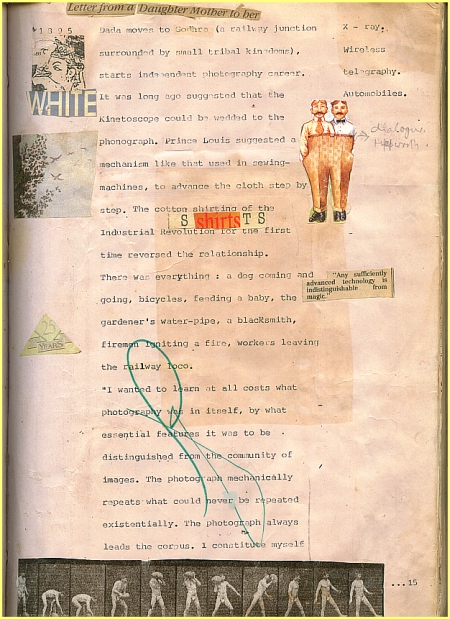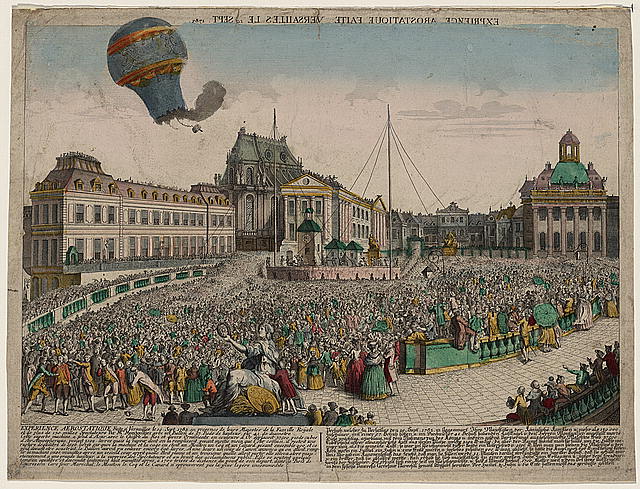1895
Lumiere exhibition, first public screening in the Grand Cafe in Paris. the first audience comprises of 35 people, the numbers gradually swell to 2000
X -ray Wireless telegraphy Automobiles
Dada moves to Godhra(a railway junction surrounded by small tribal kingdoms), starts indpendent photography career.
It was long ago suggested that the Kinestoscope could be wedded to the phonograph. Prince Louis suggested a mechanism like that used in sewing machines, to advance the cloth step by step. The cotton shirting of the Industrial Revolution for the first time reversed the relationship. There was everything: a dog coming and going, bicycles, feeding a baby, the gardener's piepe, a blcsith, firemen lighting a fire, workers leaving the railway loco.
"I wanted to learn at all costs what photography was in itself, by what essential features it was to be distinguished from he community of images. The photograph mechanically repeats what could never be repeated existentially. The photograph always leads the corpus. I constitute myself, I make another body for myself. I transform myself to advance into an image. I fel that the photographs creates my body or mortifies it. Some soldiers paid with their lives for the photographs. Defeated they were recognised and shot, almost every one. Posing in front of the lens, even fleetingly. No doubt it is metaphorically that I derive my existence from the photograph. I don't know how to work upon my skin from within. My aroused/amused?? consciousness of the whole photographic ritual, what I am apart from my effigy.
(Every body in its natural state was made of a series of ghostly images superimposed in layers to infinity, wrapped in infinitesimal films... Man never having been able to create, that is to make something material from something impalpable, or to make from nothing, an object- each Daguerrian operation was therefore going to lay, detatch and use up on of the layers of the body on which it Focused)
" Any sufficiently advanced technology is indistinguishable from magic"
Phalke's family life is a happy one- he feeds the baby and waters the garden with a hose. A dog scampers around here and there.
Phalke is taking photographs of his wife and child.
While he is developing the pictures in the dark room, someone(Kamala) opens the door by mistake, and the pictures evaporate from the paper.
The large number of rats that are dying around them frightens Phalke's wife.
Kamala is happy in Godhra and restless too. She has waited for this, time still as a pond enclosing her, her baby and her husband.. but here she also often feels alone. She has no conversations with anyone else, none at all. Who would she talk to? It seems almost like all the outcastes live in this city. Her husbands scolds her when she talks like this, but she knows, it is true..
He is getting more and more engrossed in his work, he tells her less. He did try to tell her in the beginning, quite what magic he was upto with his camera box, but she was too bewildered by the harsh sounding words, the odd concepts he talked of. She wondered where he had managed to come to this knowledge, both of them were from the same family, the same city and still, Dhundiraj seemed to carry so many other worlds within him.
She remembered the sight of that image disappearing, the people who lay underwater in those trays and who had, almost like they sensed her presence, left at once. Phalke scolded her for opening the door, but she felt sometimes that he must have engineered it, their disappearance. It was her unrestrainable curiosity to know just what her husband did behind that closed door for hours on end, that had prompted her, in violation of all rules set by him, to open it.
They had left at once, leaving a white silence floating on those trays.
It was late night. The Muslim noise was starting from the mosque. The pillow by her head was empty, the head that lay on it was bent over those trays, shut in that room. Her child lay a little lower, next to her, unsupported by the dam her father's body should make on the other side. Kamala fell into a troubled sleep.
Ravi and Raja Varma closely follow the proceedings of the case against a seller of German oleographs in Bombay, who is being charged with selling obscene pictures. The two judges, one British, one Indian, rule that it is not nakedness of the classical subjects that is objectionable, because loftier ideals than just a exciting of the sensual appetite, are visible- rather, it is the tasteless insertion of modern objects like a silk umbrella that is taking away from the idealism the pictures would other wise have.
Raja Varma savoured the quiet of walking the broad roads of the city with his brother, going for an evening play, sitting around ornate living room chairs with important people of the city, discussing possible paintings. Life had changed so effortlessly since he had left Trivandrum, he had flowed with the new. Now, quite like the fob watch that might hang from a well stitched pocket, he completed the delicate embroidery of his gentlemanness with the gesture of keeping a diary. And new pleasures unfolded, of seeing your life become an image, in the unusual sounds of an adopted language(if you paused to think about it). His diary was his photoalbum. He felt the pleasure of writing 'Thackers and company' renew the pleasure of finding himself in a situation, where he could step out of his house and stroll into a 'Thackers and company'. He repeated his day everyday to savour it some more. And then, as he got accustomed to this little hand mirror called a diary that accompanied his everywhere, he began to forget the self conscious pleasure of looking at himself, it became habit, and he could allow his writing to be reflection in a deeper sense.. he could fall, further, into the looking glass.
Thursday 17th January 1895
Messers Dharmsey and Narotam Morarji invited us to his house the China Bay a beautiful building to see a novel performance in which first an earthern pot was transformed into a living human head which again turned into a glass fish pond and so on. The illusion was startling.''
Ravi Varma's brother, Raja Varma starts to keep a diary. The diary entries in Bombay, suggest the routines of the lives of two gentlemen painters, not very different from their European counterparts. A good day at work, a browse through a bookshop, an evening's entertainment, which could be a play, a nautch performance. There is also a lot of giddy, and perhaps, difficult travel from princely state to state, with shifting weather conditions, attrition because of various palace intrigues( as in Hyderabad, where professional jealously from Raja Deen Dayal, who had first invited them, leads to difficulties in completing the assignment). In princely states they see scenic sights, architectural wonders, as possibilities for paintings. Raja Raja Varma specialises in landscapes, Ravi Varma is coveted for the amazing likenesses he creates of his subject's faces.
In Bombay, there is a visit to "Tivoli Theatres" to see School of Scandala visit with Justice Jardine to see the High Court, a drive to Fort in the evening, or permission some day to see P and O company's steamer, 'Caledonia', "one of the largest we have ever seen. The first class accomodations and furniture were splendid".

